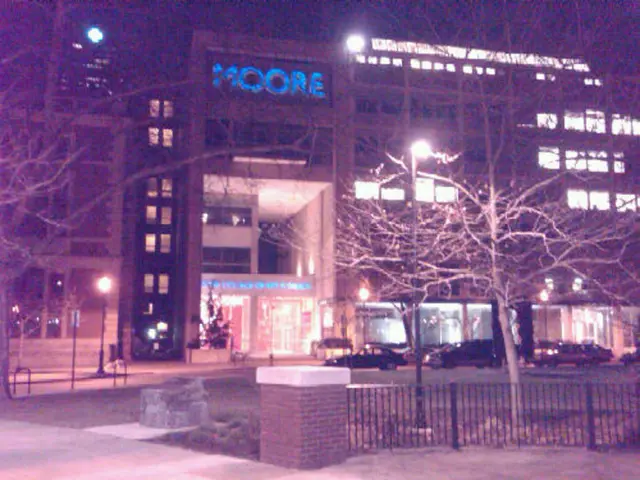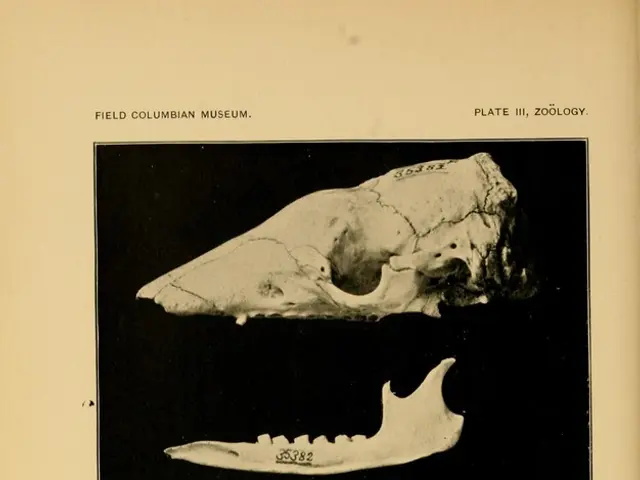Solutions for Toe Misalignment: A Guide
In the world of foot health, toe deformities such as Hammer Toe, Claw Toe, and Hallux Valgus (Bunion) are common issues that can cause discomfort and affect mobility. Dr. Thomas Schneider, an orthopedist at the joint clinic in Gundelfingen, discusses these typical toe deformities and their prevention and treatment.
Prevention Strategies
To maintain healthy, well-aligned toes, it's essential to prioritize proper footwear. Wearing properly fitted shoes with adequate toe box room is crucial to avoid pressure and friction that can lead to deformities like calluses or crooked toes.
Alongside well-fitting shoes, it's important to prioritize shoes that offer good arch and heel support to maintain foot alignment and avoid abnormal foot biomechanics that contribute to deformities.
Choosing breathable materials for your shoes is also vital to keep feet dry and prevent skin issues that can exacerbate problems.
Lastly, it's advisable to avoid excessively tight, narrow, high-heeled, or "too big" shoes, as they can cause misalignment, slipping, and abnormal gait mechanics leading to deformities.
Treatment and Correction
If toe deformities have already developed, several treatment options are available. Custom orthotics can offload pressure points, improve foot biomechanics, and reduce deformity progression.
Toe spacers, such as Correct Toes, can realign the toes gradually by encouraging natural toe splay and strengthening foot muscles, similar to how braces work for teeth.
Selecting shoes with adjustable features, multiple support points, and activity-specific designs helps accommodate foot changes and supports rehabilitation or deformity management.
Regular podiatrist visits and foot care, including skin exfoliation and moisture maintenance, help manage symptoms and prevent worsening.
Important Considerations
It's worth noting that existing foot deformities like flat feet can affect toe alignment. The little toe can lean towards the inner side of the foot in a condition called Schneider Bunion.
Many people may ignore misaligned toes until they cause discomfort, but it's always advisable to consult a doctor if toes hurt or have pressure points. Accidents can also cause changes in toe position. Genetic predisposition can influence how the toes are positioned.
Lastly, high heels and improper footwear can worsen the problem of toe deformities. It's recommended to wear shoes that provide room for the toes to move and offer support, with a flat and flexible sole for natural rolling when walking. A grippy, non-slip sole and a stable heel counter are important for stability when running.
By following these guidelines, effective prevention and treatment of toe deformities caused by improper footwear focus on choosing well-fitting, supportive shoes and using corrective devices when necessary.
Regular exercise and a balanced diet are crucial for overall health-and-wellness, contributing to strong bones and flexible joints, which can help reduce the risk of developing chronic-diseases such as Hammer Toe, Claw Toe, and Hallux Valgus (Bunion).
When dealing with existing medical-conditions or toe deformities, incorporating low-impact exercises like yoga or swimming can help improve foot mobility and strength, potentially reducing discomfort and promoting healing.
Maintaining a well-rounded fitness-and-exercise routine, combining cardiovascular activities with flexibility and strength training, can help alleviate pressure on the feet and improve whole-body health, contributing to better foot health and wellness.




